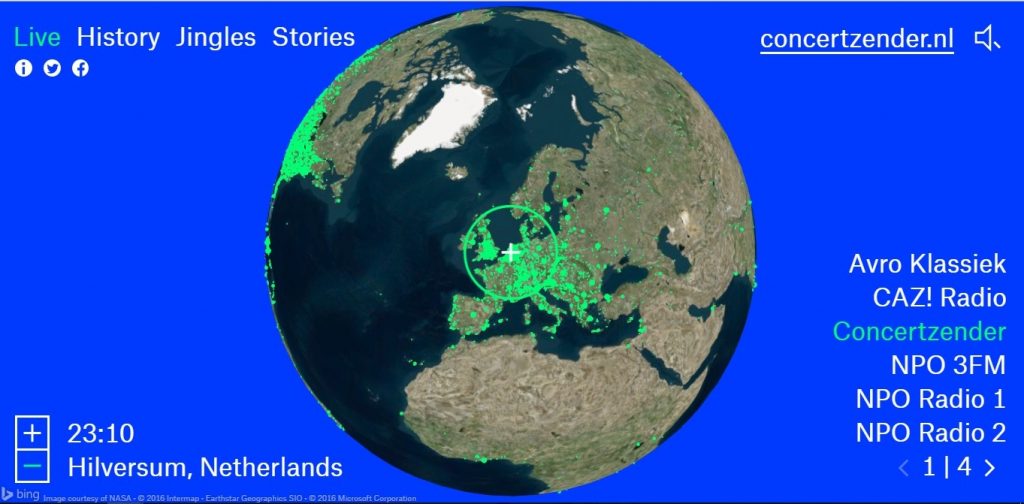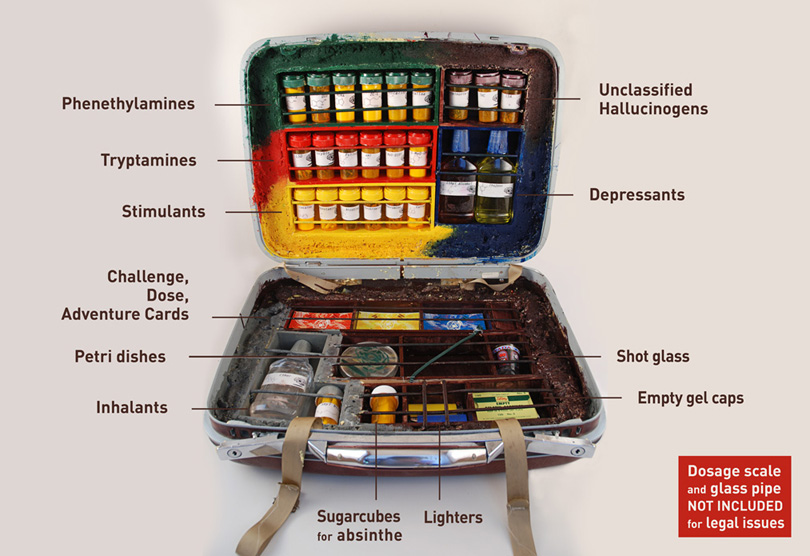Last week we featured a video that convincingly places the characters of Hayao Miyazaki and his Studio Ghibli’s animated films into real life-settings. It juxtaposed two very different kinds of reality, the concrete three-dimensional one in which we live and the fantastical two-dimensional one those characters inhabit, in the process demonstrating that both somehow carry an equal weight. How, then, do these most respected of all animators so consistently pull it off, creating realistic worlds through an inherently unrealistic medium? In “The Immersive Realism of Studio Ghibli,” the video essay just above, Asher Isbrucker addresses that very question, looking into the nuts and bolts of their animation techniques as well as, through Miyazaki’s own words, what we might call their animation philosophy.
Studio Ghibli has stayed (at the very least) a cut above other animators not just by virtue of their expertise at creating convincing physical worlds — whether or not their physics aligns with that of our own — but at creating convincing emotional worlds, populated with characters full of desires and contradictions of their own. In “Hayao Miyazaki — The Essence of Humanity,” which Ayun Halliday wrote up here last year, video essayist Lewis Bond of Channel Criswell examines Miyazaki’s “approach to animated filmmaking that concentrates on the emotional intricacies of his subjects, as opposed to creating — ironically — cartoony characters,” resulting in animated films that don’t speak down to children but “help us all further understand the human condition.”
Once you start seriously trying to answer the question of what makes a Nausicaä of the Valley of the Wind or a My Neighbor Totoro or a Spirited Away so captivating, an abundance of reasons occur. Just above in “Hayao Miyazaki: What You Can Imagine,” JD Thompson identifies the power of imagination that animates, literally and figuratively, all of Ghibli’s movies. Below in “Hayao Miyazaki — Everything by Hand,” the video essayist RC Anime considers the sheer amount of labor that goes into work that flies under the flag of “one of the hardest-working anime directors,” and how it ultimately delivers more impact with simple gestures than other high-profile pieces of animation do with extended action set pieces.
All these video essays touch on one especially important part of Miyazaki’s creative process: he begins making a film not with a script to be strictly adhered to, but with a series of sketches and storyboards. During the long and arduous course of production, the story can thus change to suit the needs of the characters, their emotions, and the worlds imagined around them. This primacy of the image makes sense for a creator like Miyazaki, who began with the childhood dream of becoming a comic artist, and who during his periodic “retirements” returns his focus to that much simpler medium. He has, in fact, just emerged from the latest such retirement and gotten to work on another animated feature, as revealed in a television documentary on his life and work appropriately titled Owaranai Hito — “The Man Who Doesn’t Stop.”
Related Content:
Watch Hayao Miyazaki Animate the Final Shot of His Final Feature Film, The Wind Rises
Software Used by Hayao Miyazaki’s Animation Studio Becomes Open Source & Free to Download
Watch Hayao Miyazaki’s Beloved Characters Enter the Real World
Based in Seoul, Colin Marshall writes and broadcasts on cities and culture. He’s at work on a book about Los Angeles, A Los Angeles Primer, the video series The City in Cinema, the crowdfunded journalism project Where Is the City of the Future?, and the Los Angeles Review of Books’ Korea Blog. Follow him on Twitter at @colinmarshall or on Facebook.






